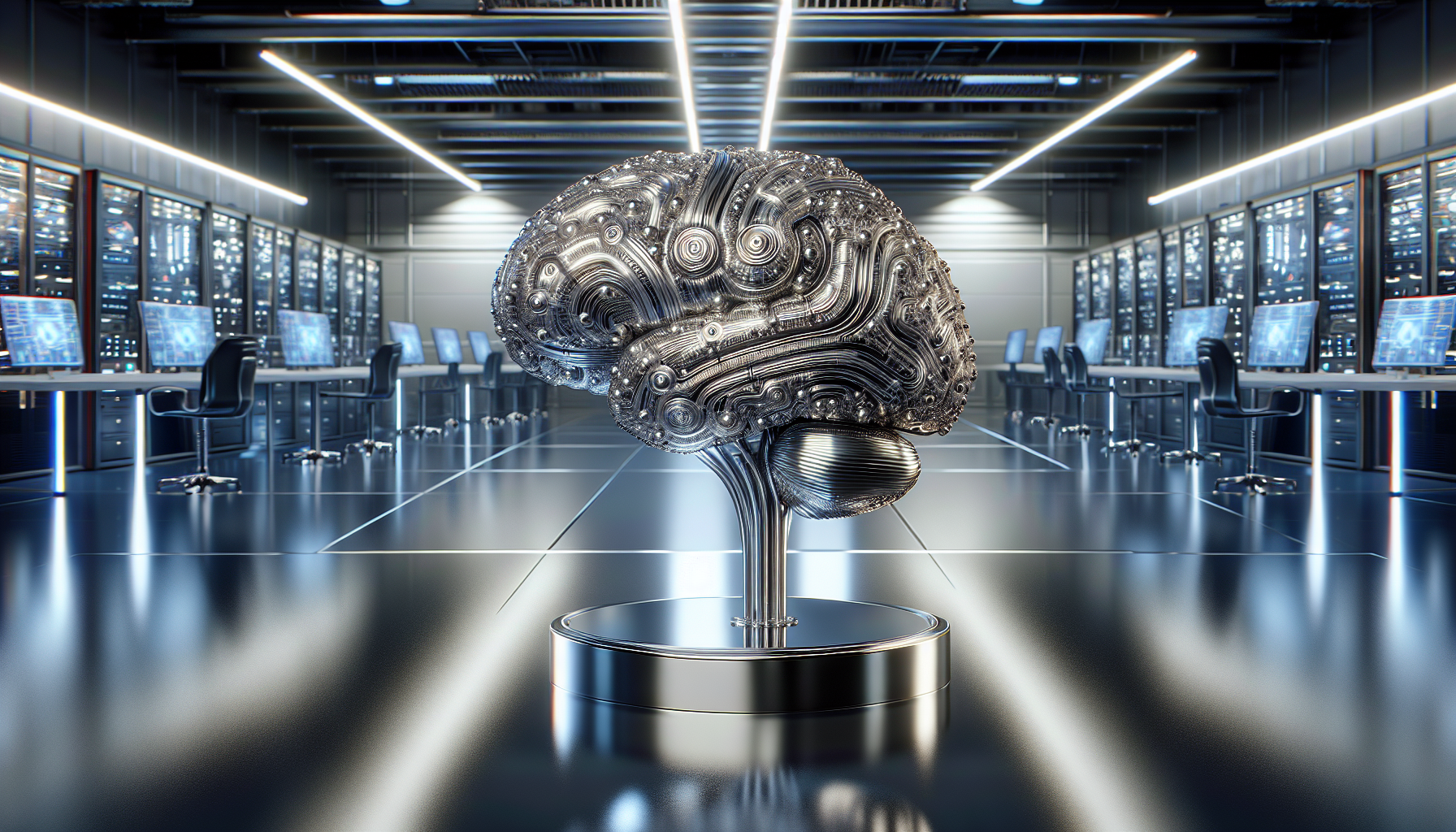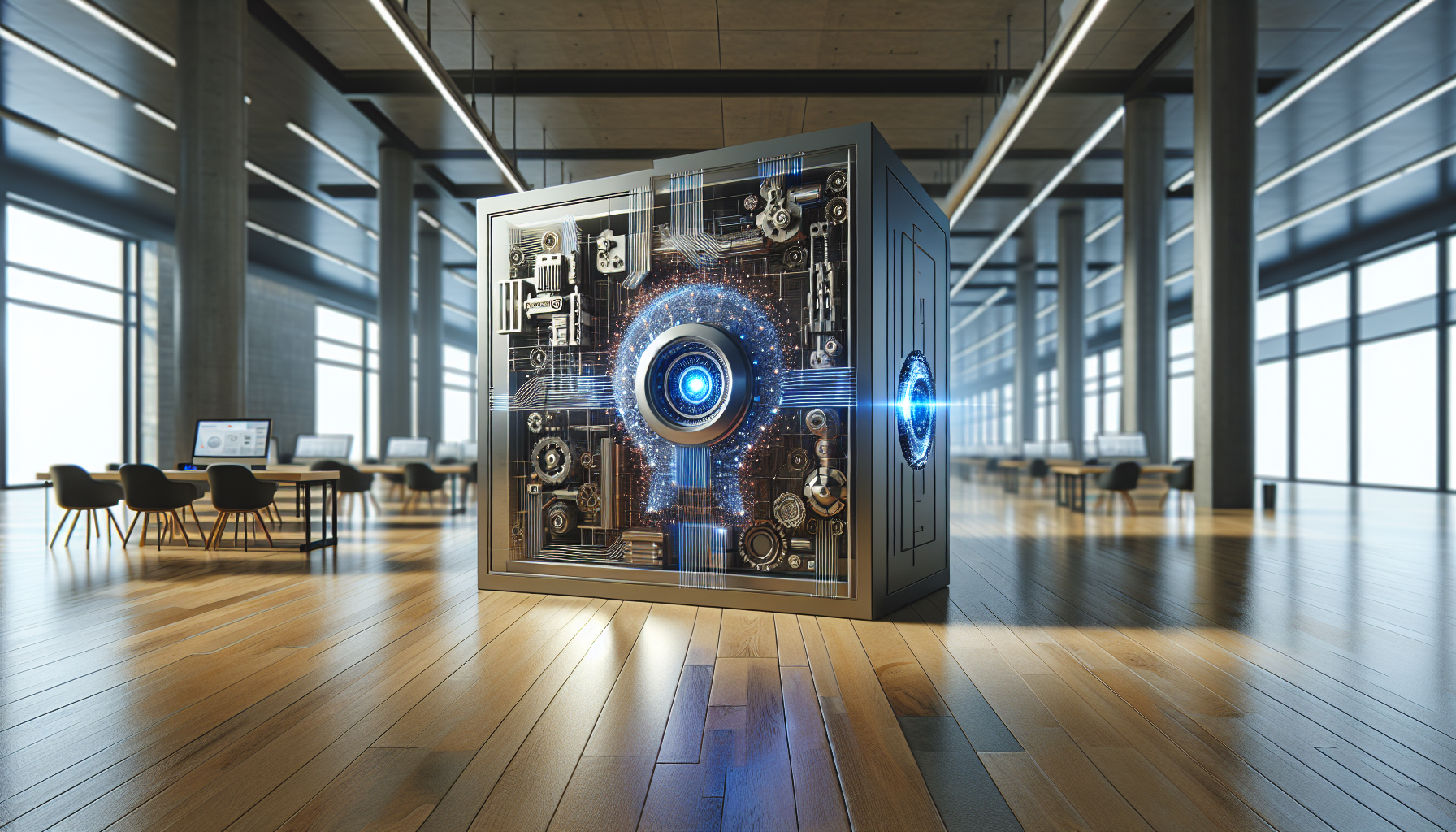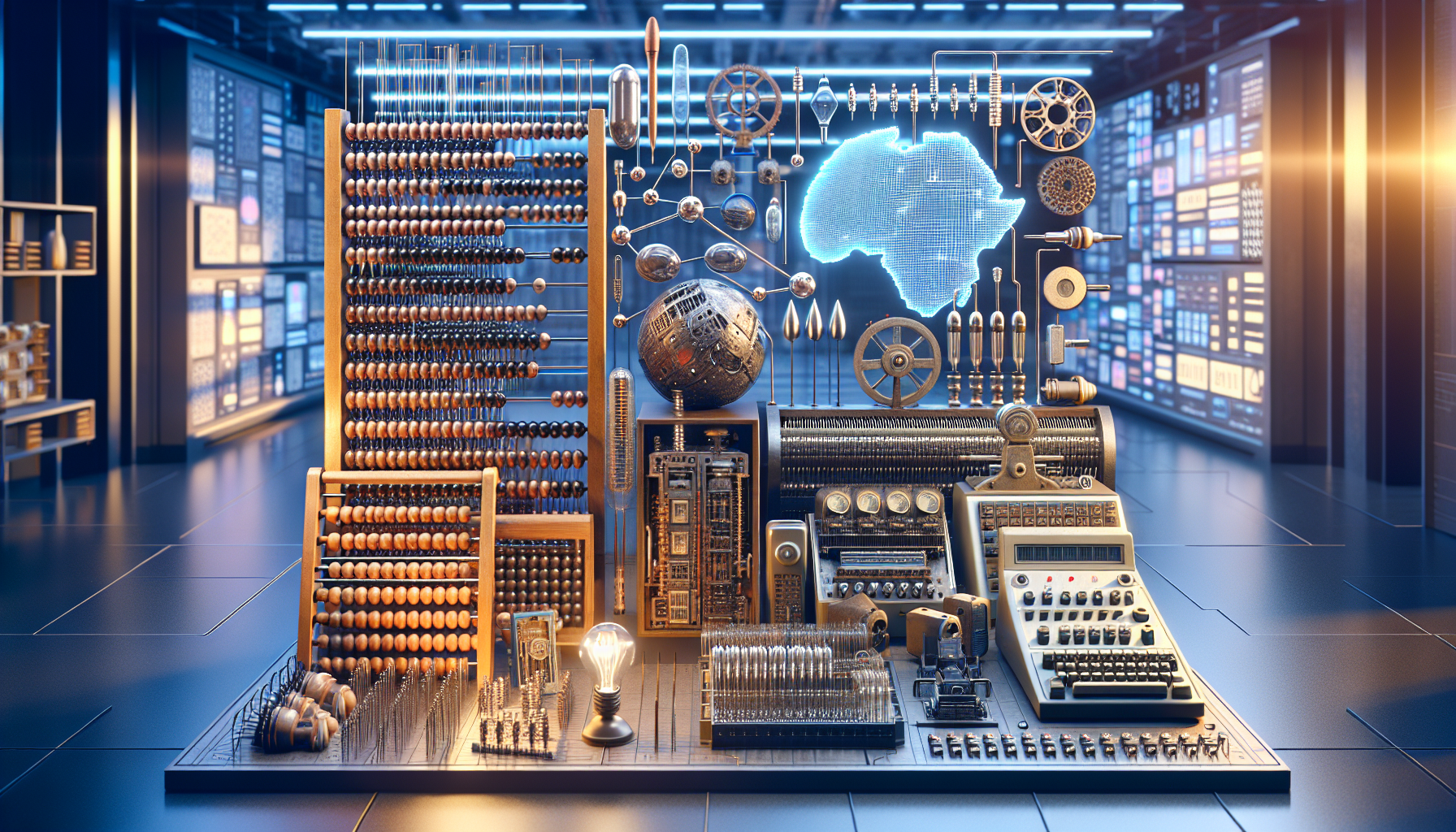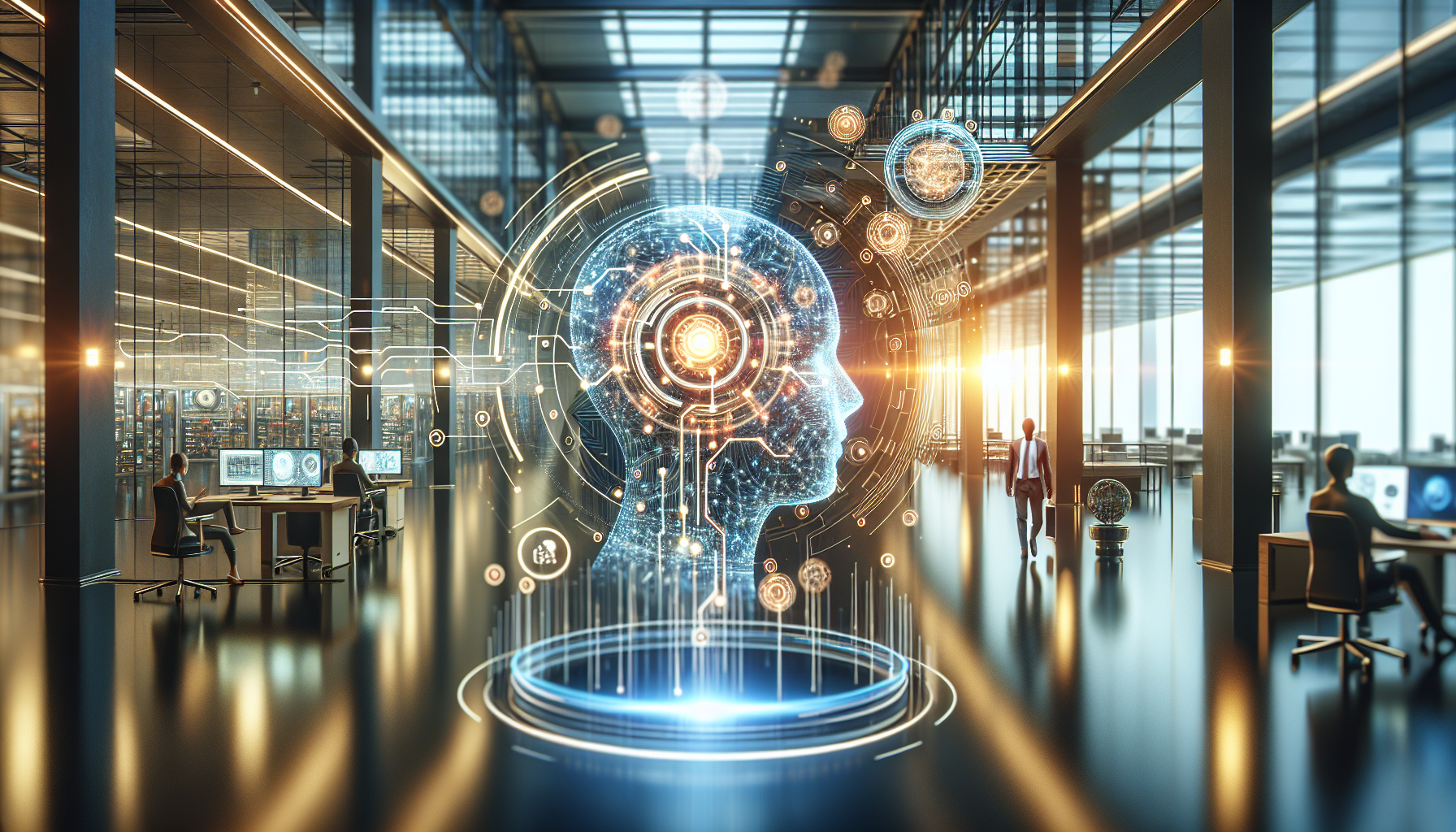
AI in Food Technology: Inspiring Innovations from Farm to Table
November 18, 2025
Imagine a world where the farm speaks to you, not through words, but through data—a whisper of information that guides every decision, every step from sowing seeds to serving meals. In this modern age, artificial intelligence (AI) is transforming the food industry, crafting a future where technology and nature work hand in hand to nourish humanity more effectively and sustainably.
The journey of food production is a tale as old as civilization itself, yet AI is breathing new life into this ancient narrative. From the moment a seed is planted, AI is there, harnessing the power of data to optimize growth conditions, predict weather patterns, and even detect pests before they become a problem. This proactive approach not only increases yield but also minimizes waste and reduces the need for chemical interventions. With AI, farmers become stewards of both the land and technology, creating a harmonious relationship that respects the needs of both.
But the farm is just the beginning of AI's culinary adventure. Once the produce is harvested, AI's role in food processing and safety takes center stage. Imagine a processing plant where computer vision systems meticulously inspect each apple for blemishes, ensuring only the highest quality reaches consumers. These systems can process thousands of items per hour, a feat impossible for human workers, thereby enhancing efficiency and reducing food waste significantly.
In the realm of food safety, AI is a vigilant guardian. It predicts potential contamination events by analyzing vast amounts of data from numerous sources, including environmental conditions and past outbreaks. This predictive capability allows for preemptive actions, safeguarding public health and building consumer trust. These innovations are not just technological marvels; they represent tangible steps toward a safer and more secure food supply chain.
As our food travels from processing plants to retail shelves, AI continues to play a pivotal role. Inventory management systems powered by AI predict purchasing trends with remarkable accuracy, ensuring that stores are stocked with the right products at the right time. This precision reduces waste and increases availability, benefiting both retailers and consumers. Furthermore, AI-driven analytics provide insights into consumer preferences, allowing retailers to tailor their offerings to meet evolving demands.
At the table, AI serves up innovation in the form of personalized nutrition. By analyzing individual dietary needs and preferences, AI can recommend meal plans that promote health and well-being. This personalized approach extends to the culinary arts as well, where AI is used to craft new recipes and flavor combinations that delight the palate while adhering to nutritional guidelines. Chefs and food technologists are now collaborating with AI to push the boundaries of gastronomy, creating dishes that are both delicious and nutritious.
However, the true beauty of AI in food technology lies not just in its technical prowess but in its potential to inspire a more connected and sustainable world. By optimizing every link in the food chain, AI helps reduce the environmental impact of food production and distribution. It fosters a deeper connection between consumers and the food they eat, encouraging mindful consumption and appreciation for the intricate journey from farm to table.
Yet, as we marvel at these innovations, we must remember that AI is a tool—a powerful one, but ultimately shaped by the values and intentions of those who wield it. The choices we make today in deploying AI will shape the future of food for generations to come. Will we use this technology to build a food system that is equitable, sustainable, and resilient? Will we ensure that these advancements are accessible to all, from smallholder farmers to urban consumers?
As we stand on the threshold of this exciting frontier, let us dare to dream of a world where technology and humanity work in concert to nourish both people and the planet. Let us challenge ourselves to harness AI's potential not merely for profit but for the greater good, fostering a food system that is truly transformative.
In pondering the possibilities, consider this: How can we, as a collective society, ensure that the fruits of AI's labor are shared equitably, benefitting all layers of our global community? As we look toward the horizon, this question beckons exploration, inviting us to envision and create a future where technology serves as a bridge to a more sustainable and inclusive world.


